The poinsettia plant is widely known for its bright blooms that spread holiday cheer. Its colorful bracts seem to glow from within, radiating warmth and goodwill.
Though often thought of as only a Christmas plant, the cheerful poinsettia can thrive indoors when given the proper care. Its leaves are lush and pleasing to behold.
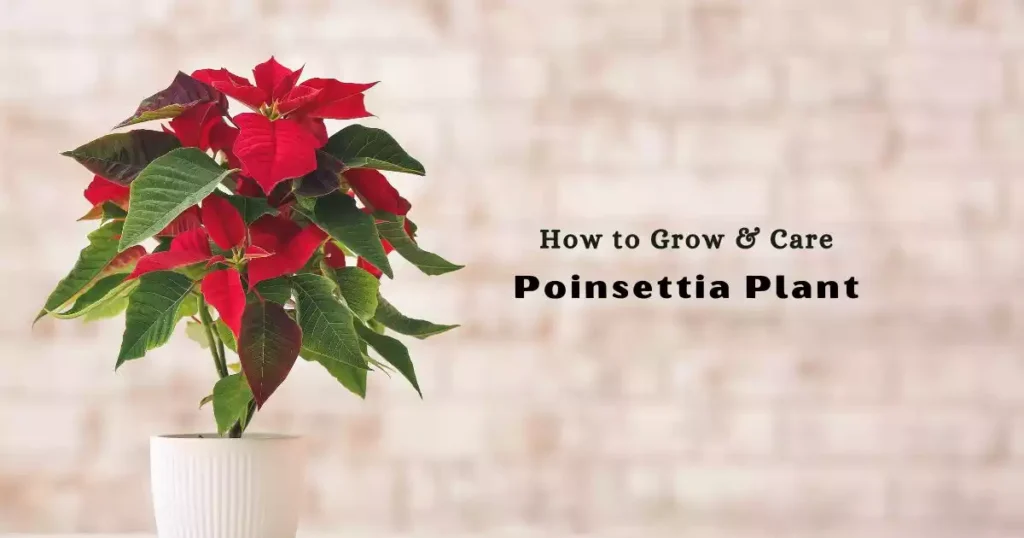
The scientific name of the poinsettia is Euphorbia pulcherrima. It is a tiny tree or scraggly shrub endemic to the Pacific slope region of Mexico and Guatemala.
It grows in coastal and mid-elevation zone and seasonally dry tropical forests.
Mature plants can grow up to 12 feet tall and 8 feet wide. With a few tips and tricks, even novice gardeners can nurture this beneficial plant and enjoy its beauty.
In This Article
Specification of Poinsettia Plant
Here is some important information about this plant.
| General Name | Poinsettia, Mexican flameleaf, Christmas star |
| Scientific Name | Euphorbia pulcherrima |
| Plant Family | Euphorbiaceae |
| Type of Plant | Shrub |
| Mature Size | 3–10 ft. tall, 3–7 ft. wide |
| Flower color | Yellow |
| Sun Exposure | Full, partial |
| Type of Soil | Loamy, well-drained |
| Soil pH Value | Neutral, acidic |
| Native Area | Mexico |
| Hardiness Zones | 9–11 (USDA) |
| Toxicity | Toxic to both pets and human |
| Bloom Time | Winter |
Type of Poinsettia Plant
There are many varieties of poinsettia available in different colors and forms. Some common types include:
1. Red – The traditional poinsettia color. Hues can range from deep crimson to light pink.
2. White – Flowers appear as white bracts instead of the usual red.
3. Pink – Shades vary from pale blush to hot fuchsia pink blossoms.
4. Orange – Vibrant orange blooms add festive flair.
5. Marble – Unique pattern of pink, red, and white swirled together.
6. Glitter – Finish coated with sparkling glitter for extra shine.
7. Peppermint – Bracts feature distinct red and white stripes.
8. Novelty – Creative shapes like balls, baskets, or tree forms.
Choosing a variety brings colorful personal joy. All thrive with proper indoor care.
How to Take Care of Poinsettia Plant
Caring for poinsettia is simple when following some essential tips:
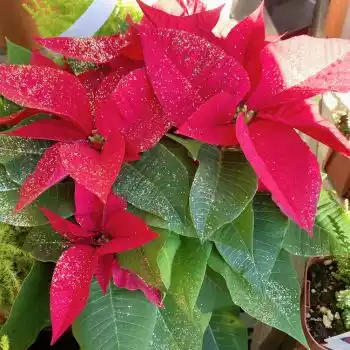
Light
You can place it in a spot with bright, indirect sunlight for vibrant blooms. Fluorescent lights also work well.
Temperature
At Daytime 70-75°F and nighttime 65°F for continuous bloom. Cooler at night signals flowering.
Water
only when dry 2 inches deep. Do not overwater and let it sit in water.
Fertilizer
Feed monthly from March through September with diluted liquid houseplant food.
Pruning
Trim off spent blooms with scissors to encourage reblooming.
Repotting
Repot in spring annually with a well-draining potting mix if rootbound.
Pests
Check for problems and treat them immediately if leaves appear damaged.
With a focus on light, temperature, and watering needs, the cheerful poinsettia plant brings beauty indoors.
Benefits of Poinsettia
Beyond its holiday symbolism and aesthetic appeal, the poinsettia plant provides further advantages:

Air Purifying
Poinsettia removes toxins like benzene and formaldehyde from indoor air.
Low maintenance
Requires primary care that is effortless for any home.
Long Lasting
Blooms reliably for two months or longer when conditions are right.
Chemical free
No chemical blooming agents are needed for vibrant long-stem poinsettias.
Variety
Comes in various colors to suit any style, from pastels to jewel tones.
Reblooming
With correct care, it may reflower each spring for years.
Hardy
Resilient and forgiving of occasional mistakes in home environments.
More than only a beautiful houseplant, poinsettia enhances air quality and brings beauty effortlessly with bountiful advantages.
Why is My Poinsettia Plant Dropping Leaves?
Though sturdy, the poinsettia may occasionally drop leaves unexpectedly. Common causes and solutions include:
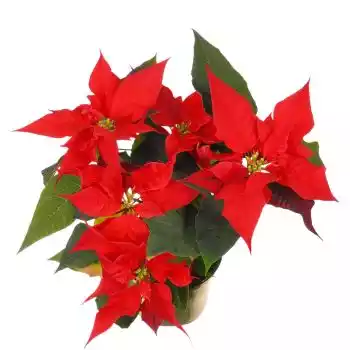
Overwatering
Allow soil to dry thoroughly between waterings. Improve drainage if it is constantly soggy.
Underwatering
Underwatered plants will drop leaves starting from the bottom up. Water thoroughly when dry.
Sunburn
Too much direct sun can scorch leaves and make them sunburned. Move to a filtered light location.
Drafty conditions
Avoid near windows, vents, or doors where drafts hit the plant directly.
Temperatures too warm
Keep the temperature above 65°F for winter care.
Nutrient deficiency
Feed monthly in spring and summer with diluted houseplant food.
Pest infestation
Treat immediately for pests like spider mites or mealybugs.
Monitoring moisture, light, and temperature helps prevent dropped leaves with care, poinsettia endures long-term.
Large Poinsettia Plants
For those wishing to gift or display an extra large poinsettia, consider these stately choices:
Landscape poinsettia
Stout plants are 3-5 feet tall, perfect for outdoor winter containers.
Poinsettia tree
Unique look with leaves training upward on multiple stems up to 4 feet.
Patio poinsettia
Grow kits containing 3-5 smaller plants clustered together, reaching 2-3 feet tall or wide once established.
Mini poinsettia hedge
Line of petite 6-10 inch plants, any variety, trained to resemble a miniature hedge.
Decorative planter poinsettia
It is a single large plant spilling from a decorative planter or urn, 2-4 feet tall and wide.
Standard poinsettia
This is a solitary plant grown with trimmed branches on a single main stem reaching 2-4 feet.
These impressive poinsettia varieties bring grandeur and beauty to any space in a cheery holiday display.
Is The Poinsettia Plant Poisonous to Pets?
While the poinsettia has its critics over toxicity myths, it is generally non-toxic to pets when ingested in small amounts. However, there are still some precautions worth noting:
- The milky sap of injured leaves can cause mild irritation to the skin or mouth if consumed in quantity.
- Pets that chew on leaves risk intestinal upset from any plant material in large enough doses.
- Keep plants out of reach of curious pets that may nip at them. Poinsettias are not considered an appealing food source.
- As with any potentially harmful substance, monitor pet interaction closely and contact a vet immediately if discomfort is shown after contact with the plant.
With reasonable safety measures and moderation, cautious owners can still enjoy poinsettias indoors alongside well-supervised furry friends. Like any houseplant, prevention of ingestion is advised.
Conclusion
The cheerful poinsettia creates a warm ambiance while thriving indoors. With proper conditions, its bright bracts can spread joy for months. Its hardiness and low maintenance bring continual beauty effortlessly.
Though symbolic of the holidays, this plant enhances indoor spaces year-round. It delivers invaluable air purifying benefits while mild posing. With care tailored to each variety’s needs, the poinsettia plant radiates a positive spirit in any home or office.
Its heartening presence lifts spirits and creates good feelings long after seasonal associations.
FAQs
Q: How often do you water a poinsettia plant?
Water when the top 2 inches of soil is dry.
Q: From which country does the poinsettia plant originate?
Mexico is the native country of the poinsettia plant.
Q: Is the poinsettia plant poisonous?
The poinsettia plant is generally non-toxic. But pet ingestion should be prevented.
Read More Healthy Indoor Plantation:
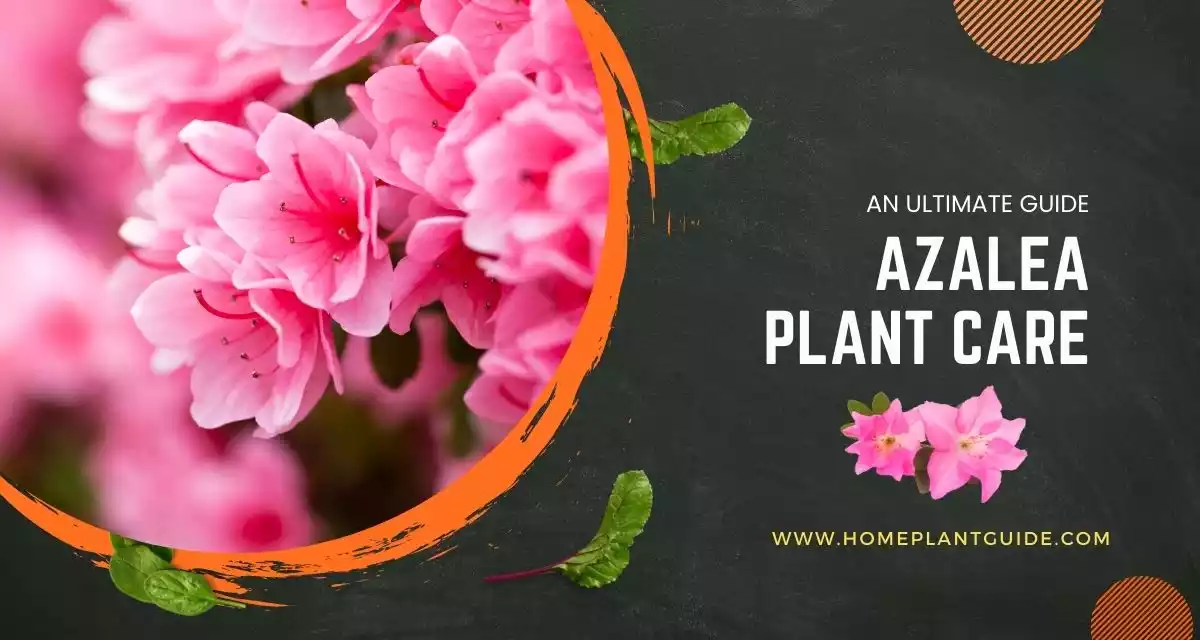
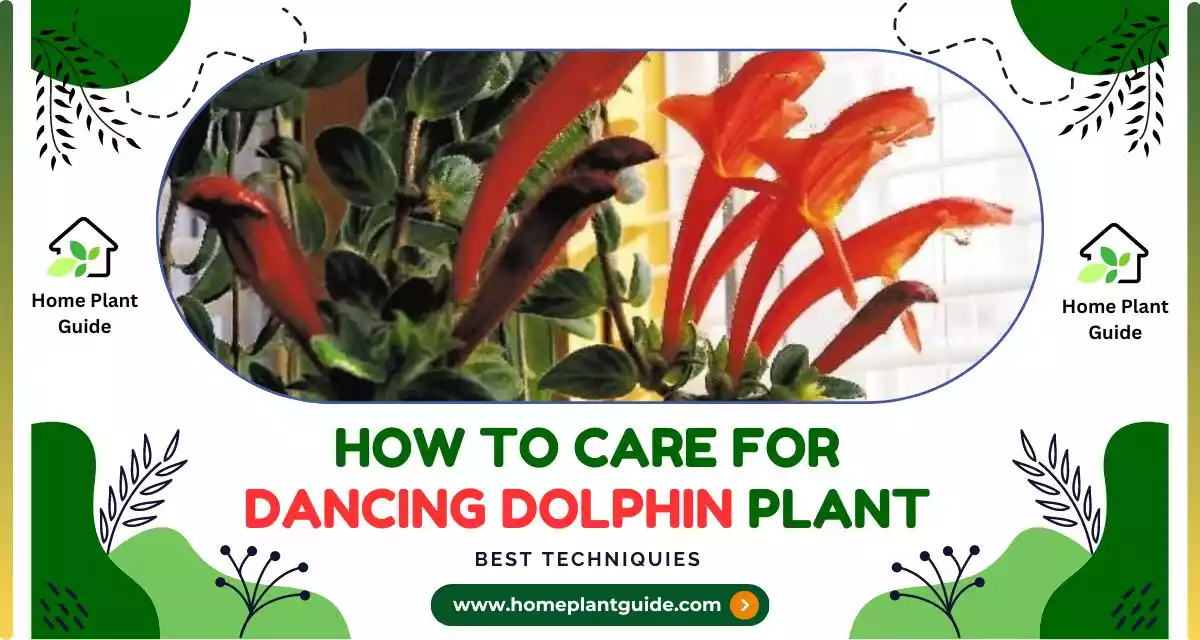
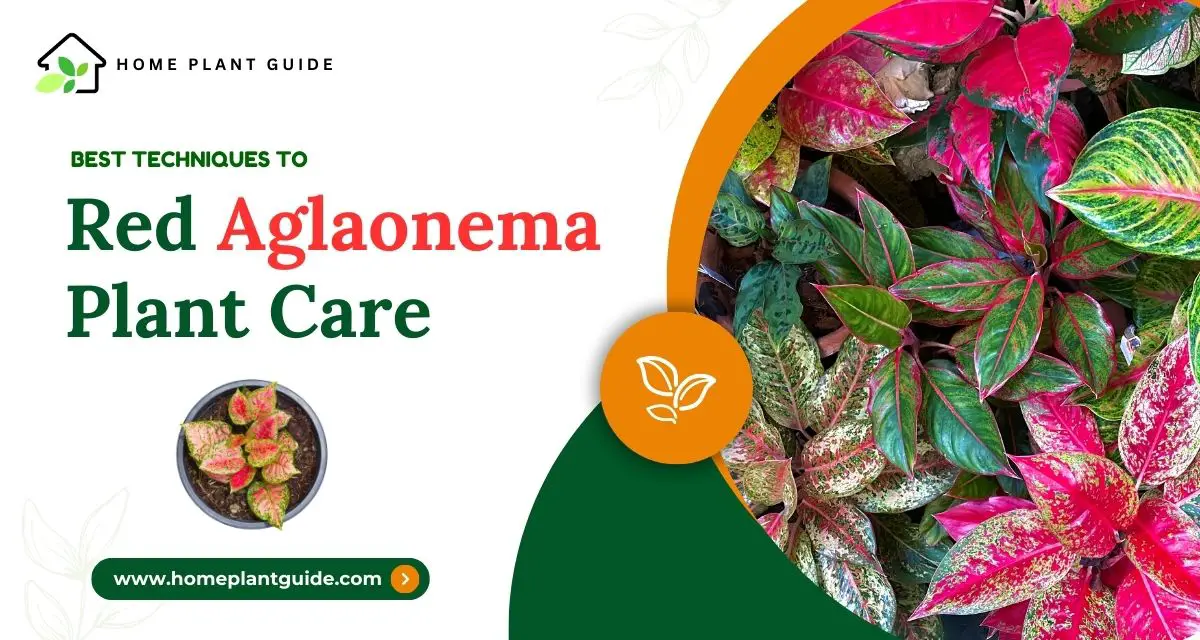
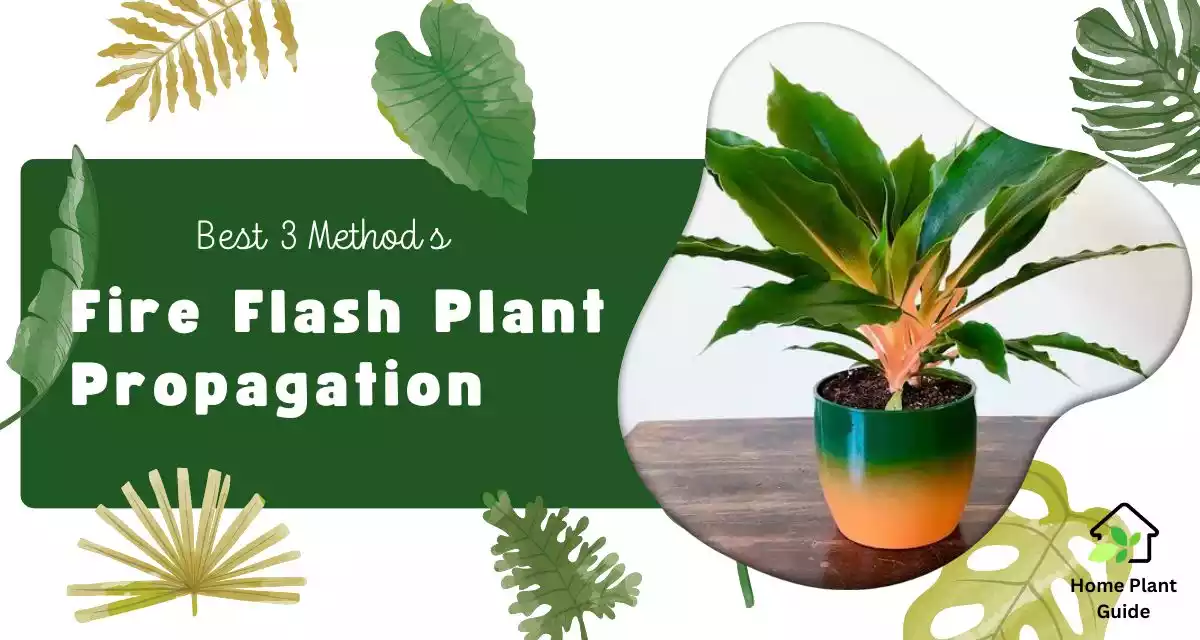
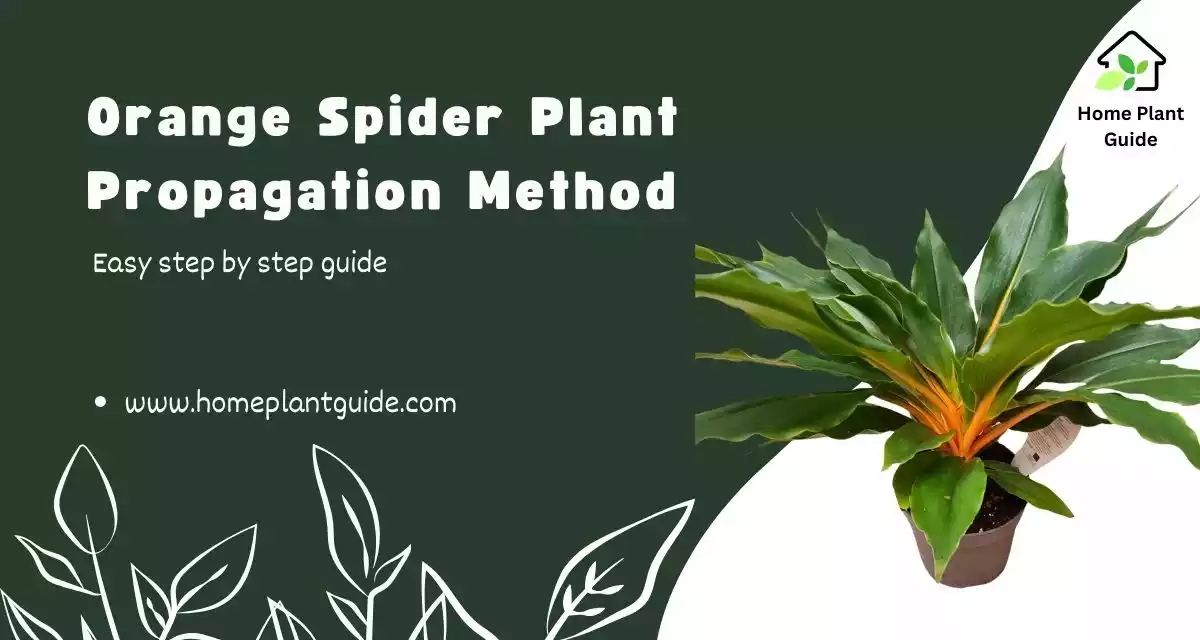
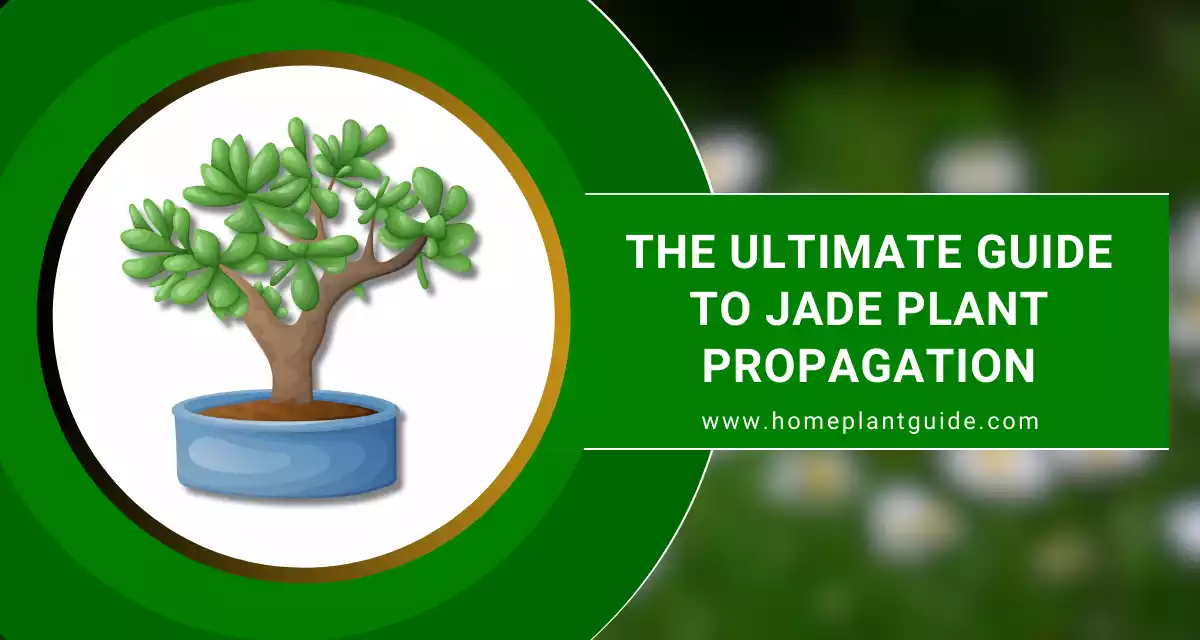
Hi, i read your blog occasionally and i own a similar one and i was just
curious if you get a lot of spam feedback? If so how do
you reduce it, any plugin or anything you can recommend? I get so much lately it’s driving me mad so any support is very much appreciated.